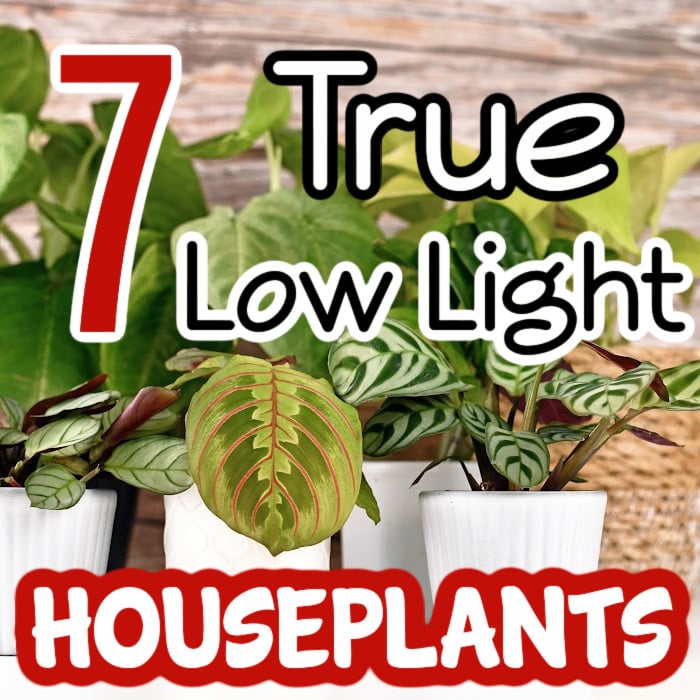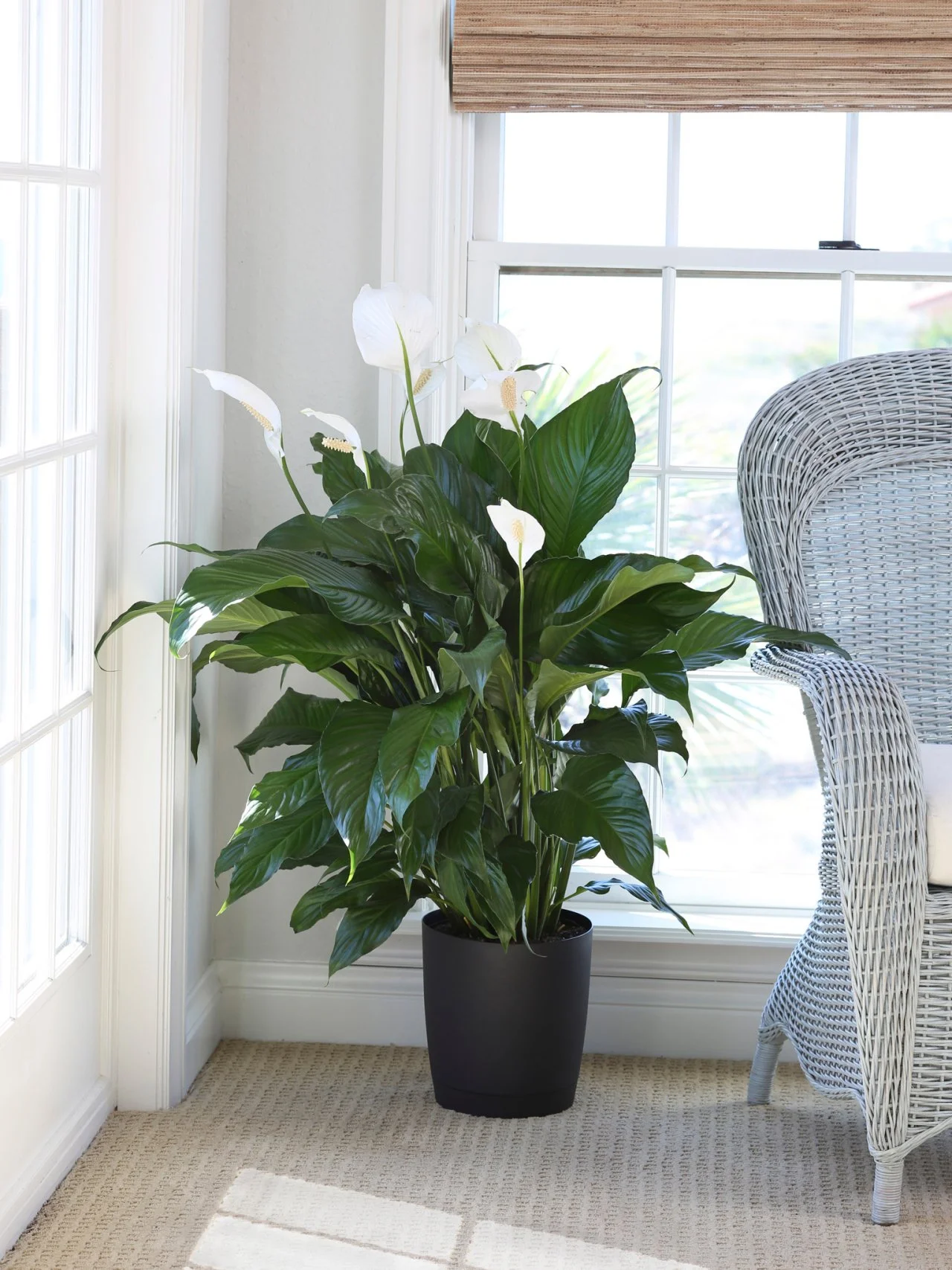Where to Place the Best Low-Light Indoor Plants in Your Home for Maximum Impact
Where to Place the Best Low-Light Indoor Plants in Your Home for Maximum Impact
Blog Article
Reveal the Secrets of Low-Light Indoor Plants and Just How They Enhance Your Setting
Low-light indoor plants have amassed increasing attention for their unique capacity to improve both aesthetic charm and environmental top quality within offices and homes. These resilient species, consisting of the Snake Plant and Peace Lily, not just grow in difficult lighting conditions but additionally play a pivotal duty in air purification and psychological well-being.
Benefits of Low-Light Indoor Plants
Although many individuals think that interior plants need abundant sunlight to grow, low-light indoor plants supply a plethora of advantages that make them ideal for different settings. Among the key advantages is their adaptability; they can flourish precede with limited natural light, such as workplaces, basements, or areas with small home windows. This attribute allows people to enhance their surroundings with plant, adding to boosted appearances without the requirement for considerable lighting adjustments.
Moreover, low-light indoor plants can substantially boost interior air quality by filtering unsafe toxins and releasing oxygen, making living rooms healthier. The presence of plants has been connected to better feelings of harmony and emphasis.
Furthermore, low-light plants commonly call for much less maintenance than their sun-loving counterparts, making them excellent for active people or those new to gardening. Their strength permits them to grow with marginal intervention, hence giving a fulfilling experience for plant lovers and novices alike. In summary, low-light interior plants serve both functional and aesthetic purposes, making them valuable additions to any room.
Leading Low-Light Plant Selections
Low-light interior plants been available in a range of species, each offering one-of-a-kind characteristics and benefits matched for dim environments. Amongst the most popular selections is the Snake Plant (Sansevieria), known for its building leaves and air-purifying abilities. This durable plant prospers on neglect and can endure a wide variety of light conditions.
An additional superb selection is the ZZ Plant (Zamioculcas zamiifolia), which features glossy, dark green fallen leaves and is highly drought-tolerant. Its versatility makes it a favored for offices and homes with restricted sunlight.
The Pothos (Epipremnum aureum) is also a leading challenger, with its trailing vines and heart-shaped fallen leaves - Best low-light indoor plants. This flexible plant can be educated to climb or waterfall, adding visual rate of interest to any kind of space

Care Tips for Low-Light Plants
Caring for low-light interior plants needs a nuanced understanding of their specific demands to guarantee optimum growth and vitality. First, it is important to pick the best potting mix, as a well-draining dirt is critical to stop origin rot. A mix developed for houseplants, frequently having peat moss and perlite, works well for a lot of low-light selections.
Watering is an additional vital facet of treatment. Low-light plants normally call for less frequent watering compared to their sun-loving equivalents. It is a good idea to examine the top inch of soil; if it really feels dry, it's time to water. Overwatering can bring about problems such as mold and mildew and origin decay.
Fertilizing should be approached with care. During the growing season, a watered down fluid fertilizer can be used monthly, yet in cold weather, lots of low-light plants get in dormancy and need little to no fertilizing.
Last but not least, it is very important to periodically cleanse the fallen leaves to remove dust, allowing for better light absorption. By adhering to these treatment pointers, you can grow a Get More Information growing setting for your low-light interior plants, enhancing both their appearance and longevity.
Enhancing Air Top Quality With Plants
Indoor plants play a substantial duty in boosting air high quality within homes and office. Through the process of photosynthesis, these plants absorb co2 and launch oxygen, contributing to a healthier ambience. In addition, particular low-light interior plants possess the ability to filter damaging pollutants, such as formaldehyde, trichloroethylene, and benzene, which are typically found in interior environments.

In addition, the visibility of interior plants can enhance moisture degrees, which assists ease completely dry skin and breathing issues, even more enhancing general well-being. This ability to boost air top quality not just advertises physical health and wellness but also sustains psychological health.
Incorporating low-light look at here indoor plants right into your living and functioning spaces can bring about a much more invigorating and dynamic atmosphere (Best low-light indoor plants). Investing in these all-natural air purifiers is an easy yet efficient technique for boosting interior air quality and cultivating a much healthier way of life
Creating a Tranquil Indoor Area
The assimilation of plants right into living areas not only boosts air high quality yet likewise contributes to a peaceful ambience. Low-light indoor plants, such as serpent plants and pothos, are especially effective in creating a peaceful setting, as they flourish in problems that might or else be inhospitable for various other greenery. Their rich vegetation supplies a calming visual, reducing anxiety and promoting leisure.
Incorporating these plants right into your office or home can stimulate a feeling of peace and wellness. Tactically placing them in locations where you invest considerable time, such as living areas or workspaces, enables an immersive experience with nature, which has actually been shown to boost mood and cognitive function.
In addition, the gentle movement of fallen leaves in reaction to air movement can develop a dynamic visual component that enhances the general setting. Consider using a range of plant elevations and structures to include deepness and passion to your room. With thoughtful placement and treatment, low-light interior plants can transform any type of area right into a peaceful sanctuary, fostering not only visual complete satisfaction yet additionally emotional and psychological health.

Verdict
Incorporating low-light interior plants into different environments yields substantial advantages, including enhanced air quality and improved visual appeal. These hardy types not just thrive in very little light yet also add to a soothing ambience, promoting psychological and psychological health. By selecting proper selections and executing correct care methods, people can successfully cultivate a tranquil indoor area that cultivates well-being and efficiency. The transformative power of low-light plants highlights their worth in improving both domestic and work-related settings. More Bonuses
Although numerous people assume that interior plants require bountiful sunlight to prosper, low-light interior plants provide a wide variety of benefits that make them optimal for different environments.Moreover, low-light interior plants can dramatically boost indoor air quality by launching and filtering system damaging toxins oxygen, making living spaces healthier. In addition, specific low-light interior plants have the capacity to filter dangerous contaminants, such as formaldehyde, benzene, and trichloroethylene, which are generally discovered in indoor environments.
Low-light indoor plants, such as snake plants and pothos, are particularly efficient in creating a tranquil atmosphere, as they grow in conditions that might otherwise be unwelcoming for other greenery.Integrating low-light indoor plants into numerous atmospheres returns considerable advantages, including boosted air quality and improved visual charm.
Report this page